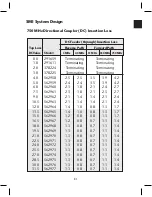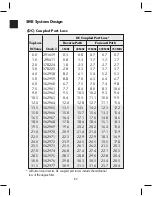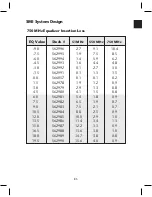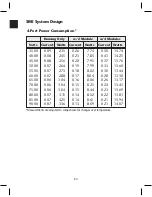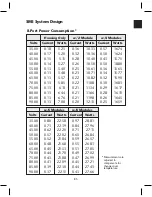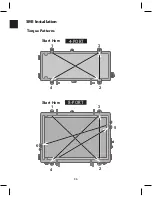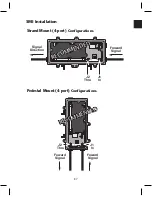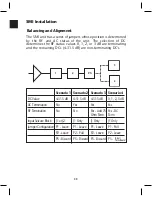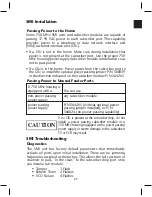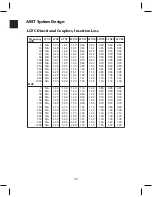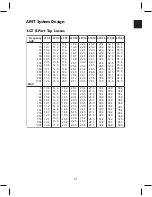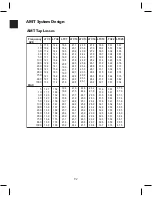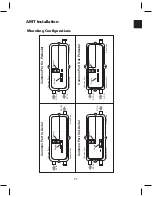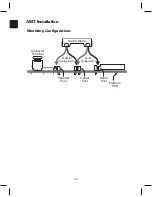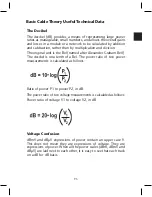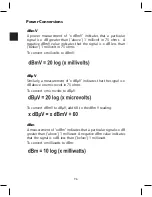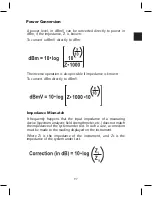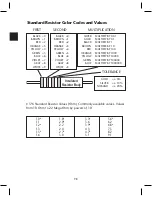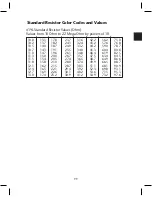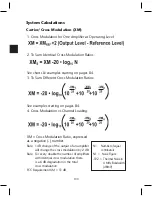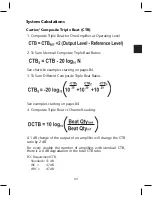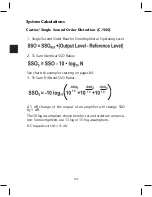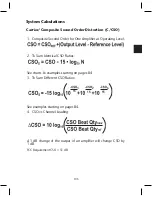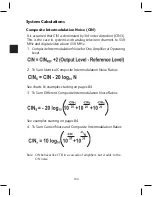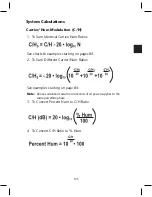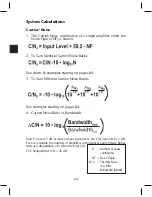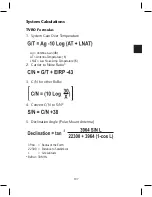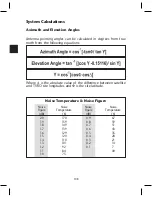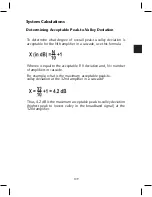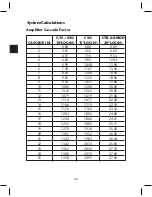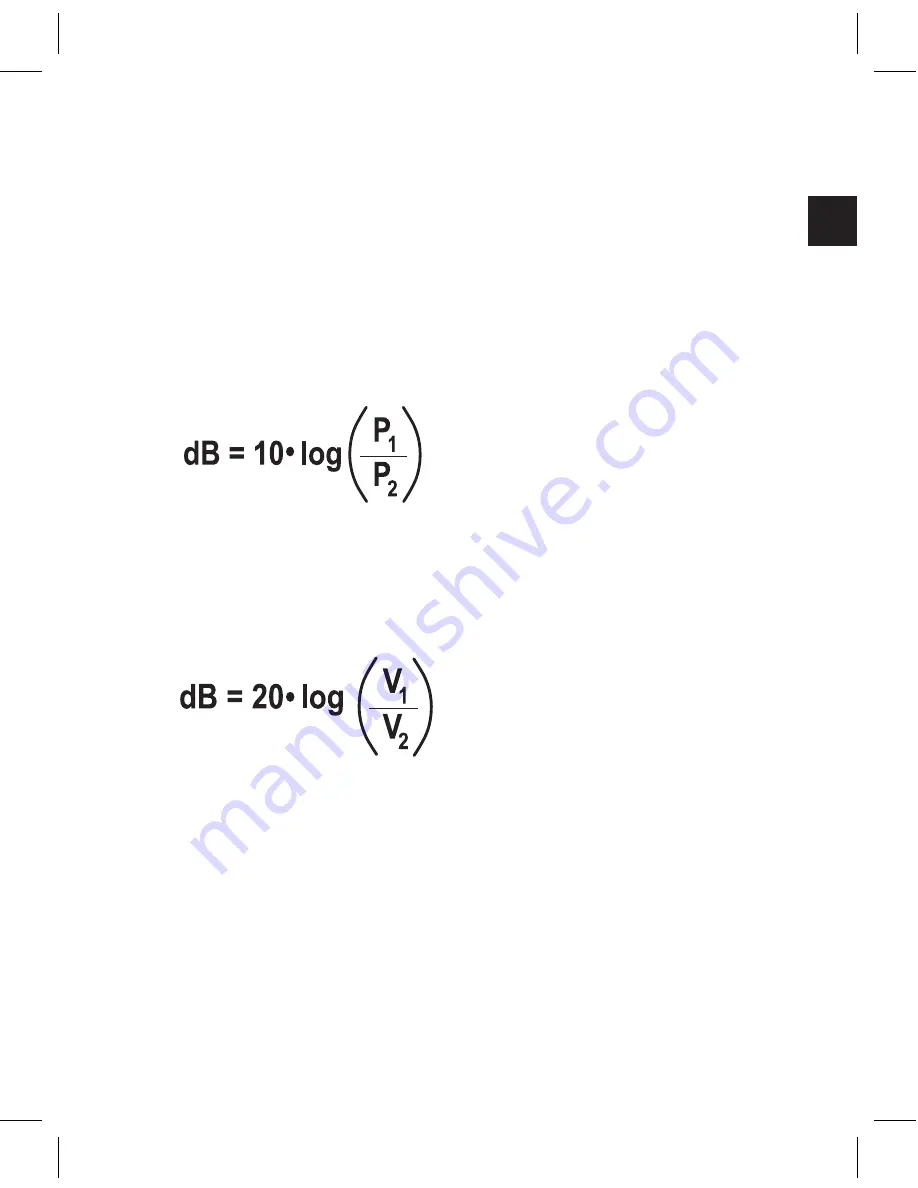
95
The Decibel
The decibel (dB) provides a means of representing large power
ratios as manageable, small numbers, and allows the overall gains
and losses in a module or a network to be calculated by addition
and subtraction, rather than by multiplication and division.
The original unit is the Bel (named after Alexander Graham Bell).
The decibel is one-tenth of a Bel. The power ratio of two power
measurements is calculated as follows:
Ratio of power P1 to power P2, in dB:
The power ratio of two voltage measurements is calculated as follows:
Power ratio of voltage V1 to voltage V2, in dB:
Voltage Confusion
dBmV and dBµV expressions of power contain an upper case V.
This does not mean they are expressions of voltage. They are
expressions of power. When all the power scales (dBm, dBmV and
dBµV) are laid next to each other, it is easy to see that each track
on a dB for dB basis.
Basic Cable Theory Useful Technical Data
Summary of Contents for AMM-806
Page 86: ...79 TVCB PC Installation ...
Page 93: ...86 SMI Installation Torque Patterns 1 Start Here 2 3 4 5 6 1 Start Here 2 3 4 4 PORT 8 PORT ...
Page 125: ...118 Fiber Optics Fiber Loss vs Path Length Single Mode 1550 nm ...
Page 156: ...149 Cable TV Channel Format NTSC NTSC Composite Video Waveform ...
Page 157: ...150 US Frequency Spectrum ...
Page 158: ...151 FCC Aeronautical Band Frequencies Used for Communication and Navigation ...
Page 175: ...168 Common CATV Symbols ...
Page 176: ...169 Common CATV Symbols ...
Page 177: ...170 Digital L Band Distribution Symbols ...
Page 178: ...171 Digital L Band Distribution Symbols ...
Page 183: ...176 Typical Cable Attenuation Chart in dB 100 Feet 68 F 20 C ...
Page 187: ...180 Echo Rating Graph ...
Page 188: ...181 Signal to Interference Limits Non Coherent Carriers ...
Page 190: ...183 Heterodyne Modulator Analog ...
Page 191: ...184 Heterodyne Processor Analog ...
Page 213: ...206 Multiplexers ...
Page 285: ...Rev 8 0 ...

